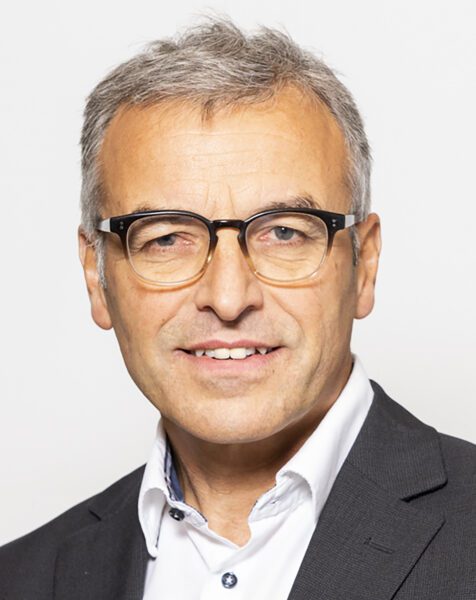DDevelopments in the food packaging industry are moving fast. We all want more recycling and more circularity. At the same time, we want to maintain convenience and quality. Packaging is increasingly becoming a speciality in its own right. An expert is packaging designer Roland ten Klooster.
As a professor at the University of Twente, Roland’s research interests include packaging usability and purchasing behaviour. He also conducts research into materials science. For example, what are the best parameters for sealing plastic films to prevent microleakage and food waste? We talk to him about his views on plastic food packaging and sustainability.
Unjustified negative image
Food packaging is often blamed for all litter. But food packaging is only a small percentage of the total. Roland explains: “Plastic food packaging has been given a very negative image. This is more nuanced. The reality is that plastic is often the most sustainable solution for food packaging.
Plastic is often the most sustainable solution for food packaging
Barriers to moisture and oxygen
“People are not aware of the benefits of plastics. Sometimes they are actually good for the environment. Think of a bag of lettuce that you can keep for a week (unopened). Or summer produce that you can eat in winter. The packaging forms a barrier against moisture and oxygen and provides optimal conditions so that the food stays fresh much longer and you can transport it around the world,” Roland explains.
Recycling is not the same as circularity
Roland: “Companies are increasingly using recyclable materials. But most products cannot be used for the same purpose after recycling. For example, melted cans are made into bicycles or building materials. Not more cans. That is recyclable, but not circular. One of the few packaging materials that is used in a truly circular way is PET. This has to do with food contact legislation. Roland: “If you want to use a plastic recyclate as food packaging, you have to prove that the previous “contact”, the previous product that was in it, was food. With PET, this is easy to do because of the deposit on the bottles. Good control of this chain means that new bottles can be made from 95% PET bottles and 5% PET from other chains. PET is far ahead of other packaging materials in this respect.
The only truly circular packaging material is PET
Chain collaboration as a solution
So how do we make food packaging more recyclable? According to Roland, the answer is simple: chain cooperation. “More and more producers, like Hordijk, want to return their own products for recycling. But the waste sorters are an obstacle in the current sorting system. The parties need to work together to make new sorting techniques possible. They are busy doing that!
The future of packaging
Roland: “The industry continues to look for solutions to plastic waste. We need to produce more mono streams, recycle more, set up more collection systems and produce and sell more locally. The step to full circularity is even bigger than the step to recycling. But steps are being taken towards that too. Closing the loop is crucial for the future of plastics,” Roland concludes.
Life cycle analysis (LCA): the future?
Based on ISO standards, an LCA allows us to investigate which packaging is the most sustainable. Roland: “I expect this to become more and more important in the future. That legislation will become increasingly stringent. It’s a good method, but we shouldn’t focus on it.
“Plastic as a packaging material has properties that cannot be achieved in any other way. Good protection, longer shelf life, freshness, less transport, more convenience. No other raw material has these values. And as a mono-material, it is highly recyclable. We need to keep emphasising that.
On Roland ten Klooster:
With a background in industrial design, Roland ten Klooster began designing packaging in the 1980s, combining convenience, environment, material use and appearance. After defending a dissertation on packaging design that he wrote in his spare time, he was appointed professor of packaging design and management in 2006. This is a part-time position that he combines with the activities of the company he co-owns, Plato Product Consultants. The company designs packaging and does a lot of consultancy work in this field for SMEs and multinationals. The lid that HAK uses on its jars, among other things, won them a Gouden Noot for the most innovative packaging.

